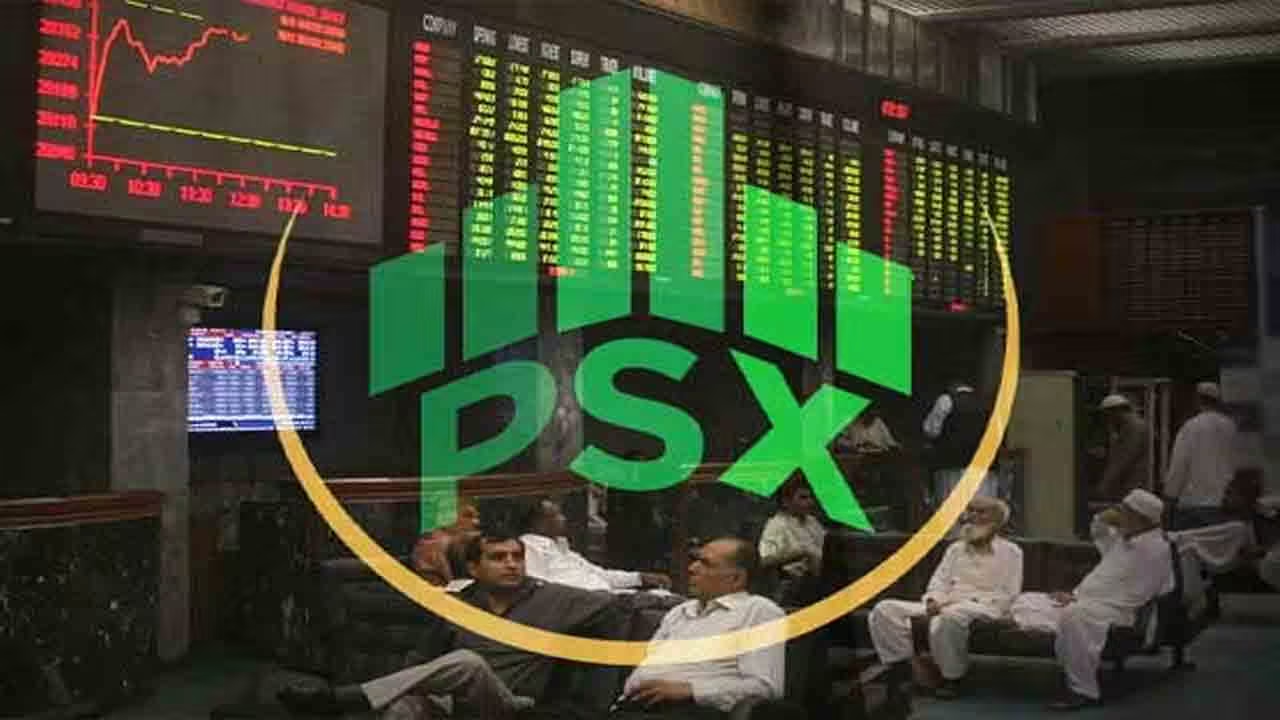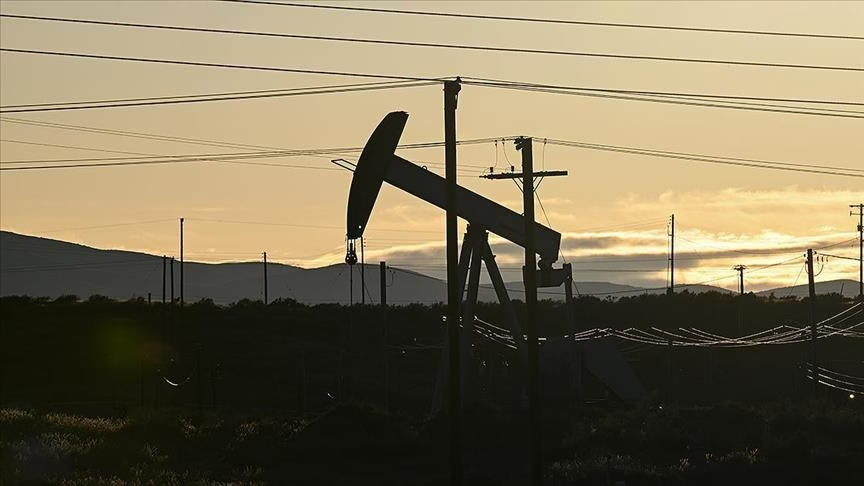The Pakistan Stock Exchange (PSX) witnessed a positive trend during trading on the third day of the business week, with the Hundred Index surging by 304 points. This increase brought the Hundred Index to a new level of 82,108 points, signaling a promising recovery for investors and market participants alike. At the same time, the US dollar experienced a continued decline in the interbank market, adding to the optimism surrounding the country’s economic outlook.
Positive Momentum in the Stock Market
The 304-point increase in the PSX represents a strong rally for the stock market as it climbed to the 82,108-point level. The upward trend reflects growing investor confidence and suggests an improved sentiment in the market. This increase has injected a much-needed boost, following fluctuations in recent months that had kept investors on edge.
Several factors contributed to this positive momentum. Analysts attribute this surge to improved investor confidence in the country’s economic reforms and stability efforts, alongside favorable news on the international front, including aid packages and improved foreign reserves. Additionally, the rise in the Hundred Index reflects a combination of better corporate earnings and stronger performance by key sectors such as banking, cement, and oil and gas.
Investors have also been optimistic about the government’s steps toward economic revival, which include negotiations with international bodies such as the International Monetary Fund (IMF) and the World Bank, aimed at securing financial aid and economic reforms. Furthermore, the stock market’s rise also follows reports of an improved macroeconomic environment, which has been reassuring to local and foreign investors.
The Performance of Key Sectors
While the stock market’s overall performance improved, it’s important to look at the key sectors driving this upward trend. Sectors like banking and oil and gas have been performing strongly, contributing to the overall increase in the Hundred Index. With improved corporate results and a favorable economic outlook, these sectors are seeing significant buying interest from both institutional and retail investors.
Banking stocks were particularly buoyant, reflecting confidence in the sector’s ability to weather economic challenges. Additionally, the energy sector, particularly oil and gas, has seen strong performances in line with global market trends and rising energy demand in the domestic market.
Decline of the US Dollar in the Interbank Market
While the stock market was experiencing an uptrend, the US dollar continued to decline in the interbank market. On the third day of the business week, the US currency depreciated by 14 paise, with the dollar falling to Rs 277.55 from Rs 277.69. This steady depreciation of the dollar against the Pakistani rupee is a positive sign for the country’s economy.
The decline of the dollar can be attributed to several factors, including improved foreign exchange reserves, a reduction in demand for the US currency, and the government’s measures to stabilize the economy. The receipt of funds from the IMF and other international bodies has contributed to a more favorable balance of payments situation, leading to an improvement in the rupee’s value against the dollar.
Additionally, the State Bank of Pakistan’s interventions in the currency market and the government’s efforts to curtail unnecessary imports have helped stabilize the rupee. These measures have allowed the local currency to gain some strength, although there is still a long way to go in achieving long-term stability in the exchange rate.
Economic Implications of a Stronger Stock Market and a Declining Dollar
The simultaneous rise in the stock market and the decline in the US dollar point to improving investor confidence in Pakistan’s economic trajectory. The positive sentiment in the stock market suggests that investors are beginning to believe in the country’s ability to overcome its financial challenges, which is further supported by the decline of the dollar.
For businesses, the depreciation of the US dollar means reduced import costs, which could lead to lower inflationary pressures and help stabilize prices of essential goods and services. A stable or appreciating rupee also makes it easier for the government to manage external debt repayments, as a stronger rupee requires fewer dollars to service debt.
In the broader context, the combination of a rising stock market and a declining dollar is a good sign for foreign investors looking to invest in Pakistan’s economy. With stronger corporate earnings, improved market performance, and a stable currency, foreign investors may be more inclined to inject capital into the country, further enhancing growth prospects.
Looking Ahead
Despite the positive developments in both the stock market and the currency market, challenges remain. Pakistan’s economy is still facing structural issues such as inflation, debt servicing, and fiscal deficits that need to be addressed. While the stock market surge and the declining dollar are welcome signs of improvement, continued focus on economic reforms, fiscal discipline, and enhancing the country’s export capacity is critical for long-term economic stability.
The 304-point rise in the Pakistan Stock Exchange and the declining US dollar in the interbank market are signs of renewed optimism in Pakistan’s economy. Investors are beginning to feel confident in the steps being taken to revive the country’s financial health, while the decline of the US dollar indicates positive trends in foreign exchange management. If these trends continue, they may lay the foundation for stronger economic growth and long-term stability.



